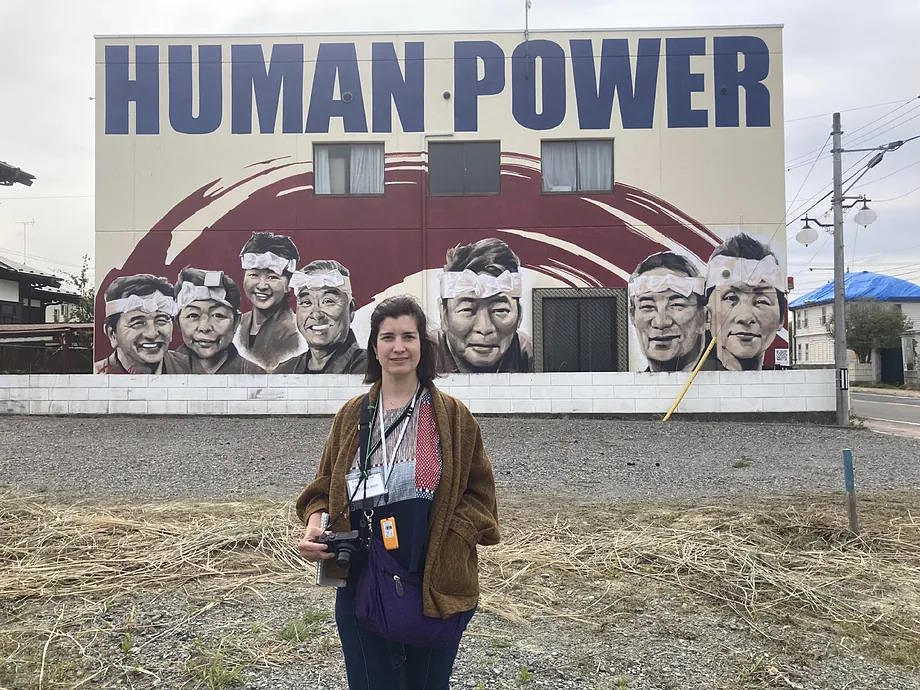Carmen Grau Vila (Tavernes de Valldigna, Valencia, 1984) is following with terror, over 10,500 kilometers away, everything that has happened in her homeland after the passage of the tragic DANA. After more than 15 years working in Japan as an expert in disaster management, she blushes at the chain of failures that have occurred in Spain in terms of alerts, coordination of authorities, and rapid response. She understands the indignation of her fellow countrymen. She has several relatives and friends living in Paiporta, one of the municipalities most affected by the floods.
"Spain has shown that it does not have the appropriate protocols nor is it prepared to respond to such serious disasters. I am surprised that international aid has not yet been accepted, and we do not know the number of missing persons, a very necessary figure in the early stages of the emergency," Grau recounts from Tokyo, where she landed in 2007 with a scholarship to study Japanese and is now a researcher at Waseda University in the Japanese capital.
In recent years, her work has focused on traveling throughout the Asian country, heavily marked by natural disasters such as the 2011 earthquake and tsunami, to firsthand learn the stories of the protagonists, from survivors and rescue teams, to officials and technicians managing emergencies and subsequent reconstruction. "I gather a lot of information on how the Japanese prepare and intervene in these disasters, with the aim of being able to apply their methods in other countries," explains the Valencian.
"In Japan, as soon as the meteorological agencies report approaching heavy rains, alerts are immediately activated and evacuations begin in the areas expected to be most affected. Since the Fukushima nuclear accident in 2011, there is legislation that everyone knows and that establishes very clear rules on the competencies in emergency management, ensuring a rapid and coordinated response at all levels."
Japan boasts having the most resilient infrastructures in the world and the most sophisticated drainage systems to combat floods.
The researcher mentions that in all cities and towns in the country, safe points are established for evacuation and a series of protocols to do so orderly.
"If there is a power failure in one of these emergencies, all localities have radios in schools, sports centers, and community centers to communicate," says Grau. Also, every year, government technicians visit municipalities to conduct drills and workshops on how to coordinate evacuation and rescue operations.
"One of the secrets to the early response success in Japan is preparation beforehand. Schools offer courses, and companies train their employees on how to act in case of strong typhoons, earthquakes, etc. When there are significant alerts, companies prioritize above all the evacuation of employees and halt production."
Grau points out that the Japanese government, after Fukushima, established a "reconstruction tax" that must be paid by middle and high incomes, which goes to an emergency fund used when a natural disaster occurs. "There are three types of reconstruction when these tragedies happen: infrastructure, business, and victims who have lost everything, their homes, their families... In Japan, national packages with a lot of money are kept to cover all this."
